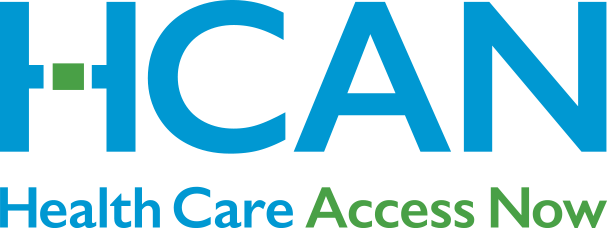Health insurance, employment, and health care costs

Health insurance and employment are tied together in the United States. What that translates to is different tiers of health insurance benefits and expenses for different people.
Here is a breakdown of the various types of insurance that people may use:
- Employer-sponsored insurance: This is insurance that people get through their employer or union. The Patient Protection and Affordable Care Act (PPACA) states that employers with 50 or more employees must offer health care coverage to employees (or pay a fee).
These plans can vary widely. Employers may require that employees pay for a portion of their (and their family member’s) premium(s)—the amount of which can range quite a bit.
- Medicaid: Public insurance is offered to people who meet the qualifications, which include “[i]ndividuals with low-income, [p]regnant women, infants, and children, [o]lder adults, and [i]ndividuals with disabilities.”
- Marketplace insurance: People who are self-employed or do not receive health insurance through their employers may purchase health insurance (which sometimes may be subsidized, based on income through HealthCare.gov.
In Ohio (in 2021), 5.4 percent of the total population was uninsured.
Beyond these categories, health insurance falls into other categories, such as:
- HMOs (Health Maintenance Organizations): tend to be most restrictive but have lower premiums
- PPOs (Preferred Provider Organizations): tend to be less restrictive but have higher monthly premiums and sometimes higher cost-sharing
What this great variation between plans means is that there is a wide array of benefits and costs for individuals.
In Ohio, people spend between 7.0% and 8.9% (median) of their annual income on out-of-pocket health care costs (which excludes health insurance premiums).
According to the Kaiser Family Foundation (KFF), health care costs can be a burden for many Americans. This can take the form of:
- Postponing needed care
- Not filling prescriptions
- Health care debt
Sixty-nine percent of people who make less than $40,000 annually say they find it “very/somewhat difficult” “to afford…health care costs.” That’s true of 49 percent of those who make $40,000 – $89,999 and of 21 percent of those who make $90,000 and above.
For people to achieve good health outcomes, they must have access to equitable, affordable health care.
Community Health Workers (CHWs) can help people identify options for health insurance and overcome barriers to accessing health care. Health Care Access Now (HCAN) provides a CHW Certification Program, offered in the fall and spring of each year.






